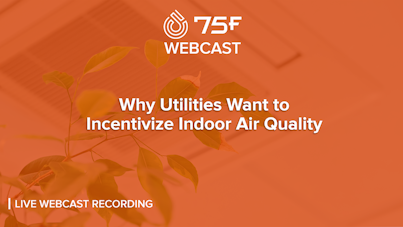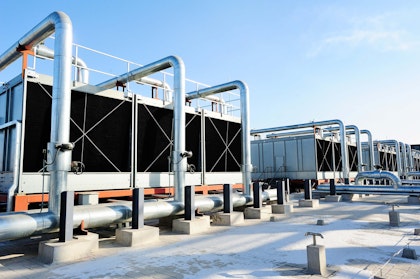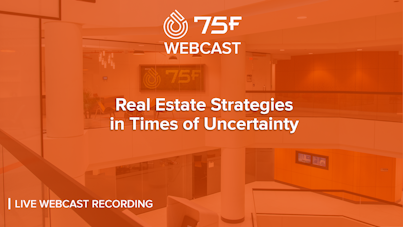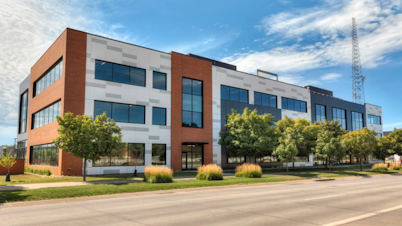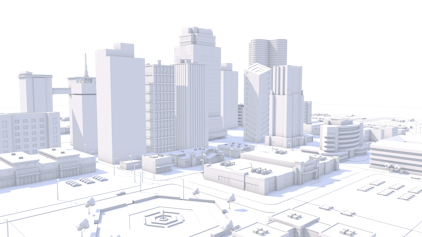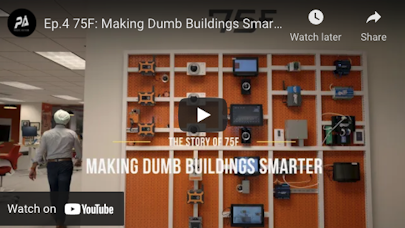
3 essential elements that create a WOW occupant experience!
Ever since Google and Amazon’s fancy and fun offices became popular, many companies have gotten onto the bandwagon of building colourful and informal office spaces. But whether it is plush bean bags or the dedicated ‘nap’ room, is this enough to satisfy employees?
In this blog, we are taking a look at why smart office design goes beyond the fancier details and boils down to the necessities.
The Workplace Shift
In the past few decades, we have seen a revolution in office design. From cramped cubicles with harsh lighting to the now common open floor plan. All through these years of change, what has been common is the rising awareness that office design can affect employee health and productivity. Today we have offices that are open, friendly places with dedicated spaces for foosball, table tennis and even ‘nap rooms’.
Another change that fueled this shift in workplace design is the fact that today’s workforce consists majorly of millennials and this means we have a generation that is informed and aware. Millennials are eco-conscious and want to work with companies that are conscious about their carbon footprint. They are also aware of how buildings can affect their health.
According to the Fellowes Workplace Wellness Trend Report, an overwhelming majority (87%) of workers would want their employers to offer healthier work-space benefits like wellness rooms, ergonomic seating etc. 93% of workers in the tech industry said they would stay longer at a company which would offer healthier work-space benefits.
Even in swanky high-end offices, crucial elements needed for ensuring comfort are sometimes missed. Let’s look at what is missing and what can fill in the gap.
Heating, Ventilation and Air Cooling or HVAC Management & Optimisation
First on our list of necessities but often overlooked in today’s office spaces is HVAC Optimisation and thereby Thermal comfort. Often, Facility Managers invest heavily on high-end HVAC systems that cost a lot. One would think that would be enough to guarantee optimal cooling and thermal comfort for the occupants. But these HVAC systems are designed to condition the office according to one predefined day in the year, typically the hottest day and assuming full occupancy at all times. The truth is over-designed HVAC systems aren't required, but are in fact a huge energy guzzler. This is the source of a lot of comfort issues and unnecessary energy usage. HVAC systems need to be monitored and controlled by taking into consideration various external factors such as humidity, occupancy, weather etc.
Thermal comfort as explained by the Green Education Foundation has to do with more than just keeping the temperature comfortable. Thermal comfort can be achieved only when humidity, air temperature and air flow are all controlled. And there is no one ideal temperature that stays constant at all points in time or one ‘comfortable’ temperature for all people. In fact, a recent study shows that most HVAC systems are designed for men and do not take into consideration that women tend to feel colder. Most HVAC systems do not offer individualized control which can offset this disadvantage. This can be quite hard to achieve in the absence of a Smart HVAC Controls system.
Lighting
Lighting is probably one of the major causes of discomfort in offices and doesn’t receive enough attention. A facility’s lighting could have significant impact on employee health and well-being. The solution: color temperature or human-centric lighting. This is further established by the fact that 68% of employees complained/disliked the artificial lighting in their office according to a study conducted by the American Society of Interior Design. HCL makes it possible to balance the lux levels in a facility according to time of the day and the amount of natural light available to the occupant in a particular area or zone. Human Centric Lighting can solve these issues by ensuring the lux levels are always kept at comfortable levels according to the time.
Indoor Air Quality
The common assumption is that your HVAC system guarantees the air quality in your facility. But the fact is that HVAC systems only filter out particles. A good indoor air quality management solution monitors and controls a lot of factors such as CO2, NO2 levels, VOCs and other pollutants that can affect employee health. WHO conducted a study which established that indoor air quality could be 2-5x worse than outside air because of low fresh air circulation. Without constantly letting in fresh air and monitoring CO2 levels, bad indoor air quality can lead to headaches, chest congestion and other negative effects. A recent "COGfx" study by the Harvard School of Public Health has found significant correlations between indoor air quality and cognitive functions. It found that participants in green building environments with reduced volatile organic compounds (VOCs) levels and low to moderate CO2 levels, as compared to the conventional building, averaged 61% higher cognitive test scores.
Conclusion
Both employees and companies want a nice place to work, but as we know, a swanky office with bright colors and fun elements is not enough.
It is critical to invest in a good building management system that can monitor and control all above three factors to ensure occupant comfort. What you need is an intelligent control system that can divide the facility into micro-zones; considers other factors like weather, humidity, direct sunlight etc and gives the occupant individualized control over their zones.
Only when the above-mentioned essentials are in place can a company truly reap the benefits of a smart office that can help improve productivity and retain and attract talent! You can learn more about intelligent building control systems and their benefits from our free e-book!


